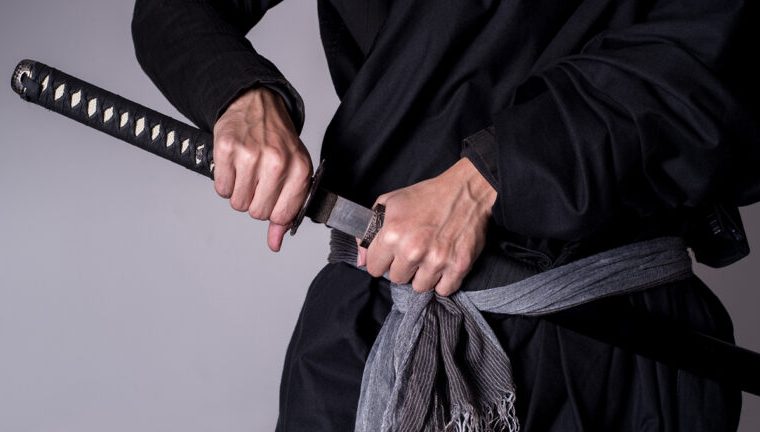From ancient Japanese battlegrounds to the walls of modern collectors, the samurai sword, or katana, has transcended time. Its allure is not only rooted in its sharpness or its role in battle, but in the profound symbolism and craftsmanship that it represents. Let’s delve into the deep-seated symbolism associated with this iconic blade.
Historical Significance of the Samurai Sword
In feudal Japan, where wars between clans were frequent, the samurai emerged as the warrior class. These warriors weren’t just recognized for their combat skills but also for their discipline, honor, and the swords they wielded. The katana, with its distinct curvature, razor-sharp edge, and strong blade, was both a tool of war and a symbol of power. Its evolution can be traced alongside the rise of the samurai, reflecting societal shifts, technological advancements, and changing combat tactics. However, despite these changes, one element remained constant: the katana’s role as a symbol of the samurai’s authority and honor.
The Sword as an Extension of the Samurai
To understand the katana’s profound symbolism, one must first grasp the relationship between the sword and its wielder. The samurai viewed their swords not merely as tools, but as extensions of their souls. Each blade, crafted uniquely for its wielder, bore witness to its owner’s experiences, battles, and moments of introspection. The act of drawing the katana wasn’t just a physical motion but a spiritual endeavor. Rituals surrounded the sword’s care, from its cleaning to its storage, reflecting the deep respect samurai held for their blades. These practices served as a constant reminder of the bond between the samurai and their most trusted companion. There are now more and more stores have real katana sale.
Symbolism in Sword Craftsmanship
The crafting of a katana is a dance between fire, metal, and human spirit. Swordsmiths, considered master artisans, spent years perfecting their skills. Every step, from selecting the iron sand to the final polishing, was steeped in symbolism. The folding of the steel, often done thousands of times, represented purification. This meticulous process ensured the removal of impurities, resulting in a blade that was resilient yet flexible. Additionally, the hamon—a wavy line along the blade’s edge, formed during the tempering process—was not just functional but also symbolic. Each hamon was unique, representing natural elements like lightning or water, echoing the harmonious relationship between nature and the blade. Even the tsuba (sword guard) often bore intricate designs, each symbolizing concepts like courage, longevity, or divine protection.
The Ethos of Bushido and the Blade
Bushido, which translates to “the way of the warrior”, was the samurai’s code of conduct. This unwritten set of principles governed every aspect of their lives, emphasizing virtues like righteousness, courage, compassion, and honor. The katana, in many ways, was a tangible manifestation of these principles. Its sharpness mirrored the clarity and precision a samurai was expected to embody. Its resilience in battle paralleled the unwavering spirit of the warrior. The blade’s clean, polished surface reflected the purity and sincerity of the samurai’s intentions. In essence, to wield a katana was to embrace the weight of Bushido, promising to uphold its values both in life and death.
The Katana Sword in the US: A Convergence of Cultures
As cultures began to intertwine, the fascination with the katana expanded beyond Japanese shores. The 20th century saw an increasing interest in the katana sword in US, spurred by returning soldiers, martial arts films, and an overall curiosity about Eastern philosophies. Americans, captivated by the blade’s elegance and the values it represented, sought to understand its symbolism. Martial arts dojos across the country began teaching the art of iaido, the way of drawing the sword, emphasizing the blend of physical motion and spiritual intent. Collectors, too, played a significant role. They not only acquired these swords but delved deep into their histories and the stories they carried. This cultural exchange underscored the universality of values like honor, discipline, and artistic excellence, proving that while the katana may be Japanese in origin, its appeal was indeed global.
The katana, while often lauded for its effectiveness in battle, holds within its steel a world of symbolism. From its meticulously crafted blade to its role in the samurai’s life, it stands as a testament to Japan’s rich cultural heritage. Its journey, especially the burgeoning interest in the katana sword in the US, further emphasizes the timeless allure of this iconic blade. As we appreciate its beauty and craftsmanship, let us also remember the values it embodies, reminding us of the ideals that bind humanity across ages and cultures.




